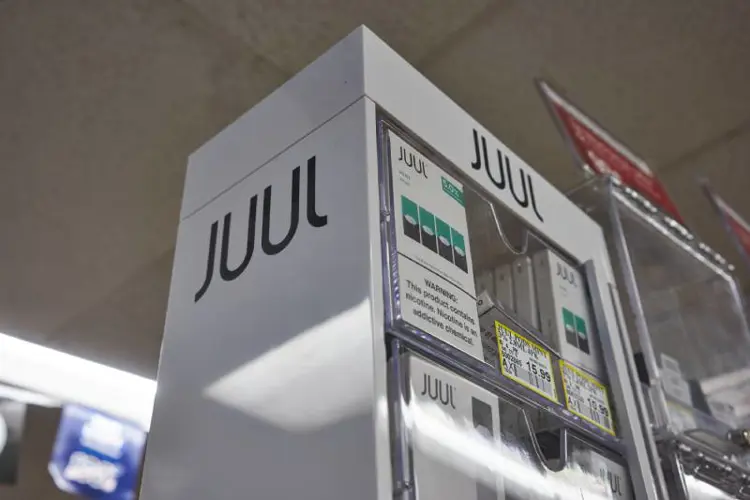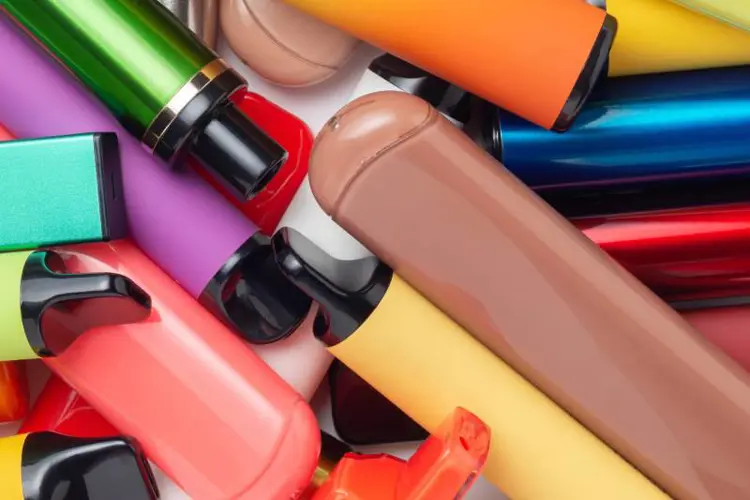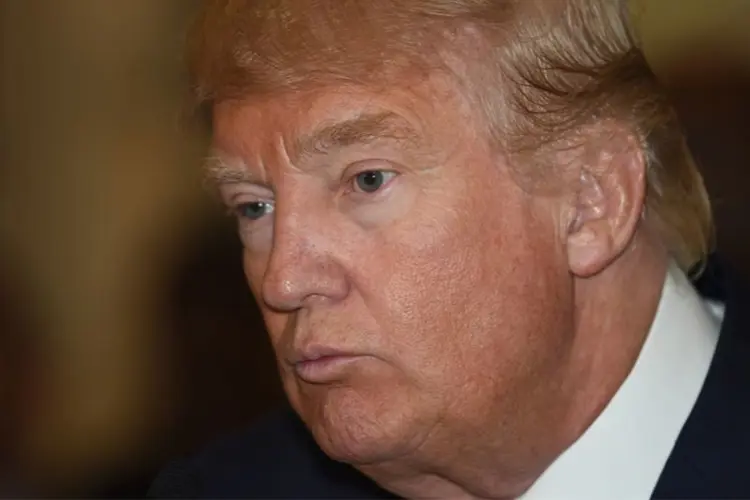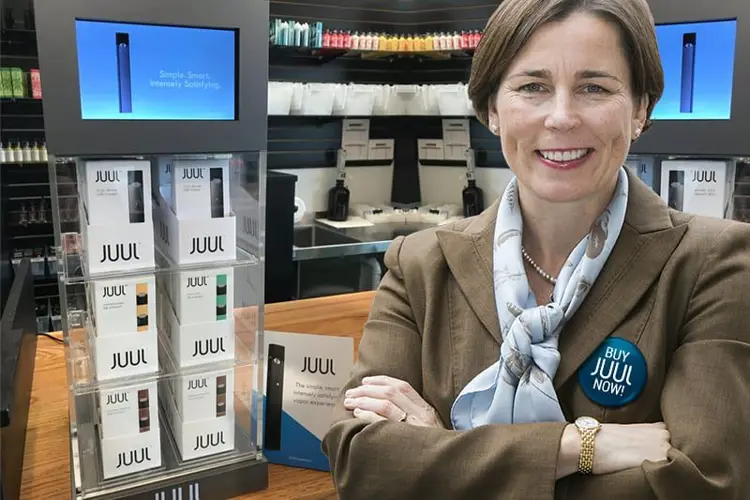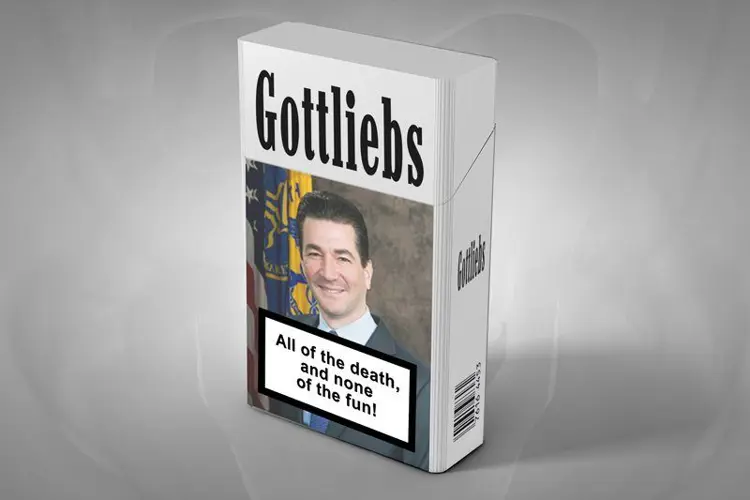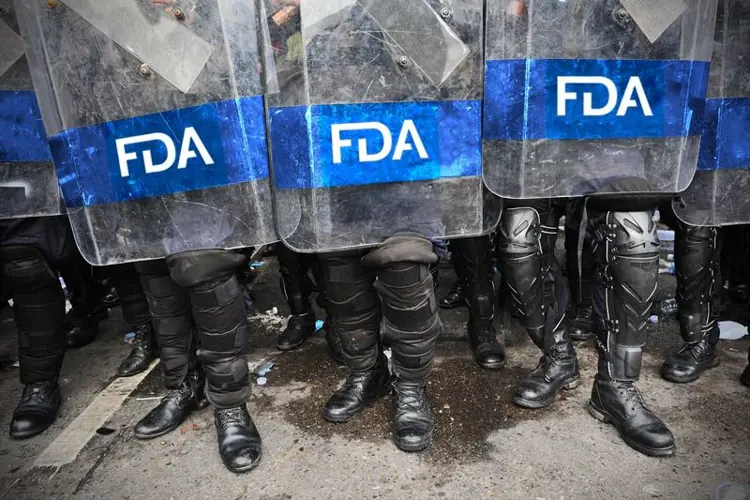The FDA is planning to take most of the nicotine out of cigarettes, to try and move smokers to safer forms of nicotine. How does that affect vaping?
FDA Commissioner Scott Gottlieb announced last July a comprehensive approach to nicotine and tobacco regulation that would reduce nicotine in cigarettes, while encouraging smokers to migrate to low-risk nicotine products. At that time the agency extended the deadline for deemed tobacco products like vapes to submit applications for marketing approval to 2022.
Since then the tobacco regulators have begun working toward the goal of remaking the nicotine landscape. Thursday the FDA launched its plan in earnest, publishing an advanced notice of proposed rulemaking (ANPRM) — a call for public comment on its intention to reduce the nicotine in cigarettes below addictive levels. The comment period is 90 days.
While the 2009 legislation that underpins all regulation from the FDA’s Center for Tobacco Products (CTP) — the Family Smoking Prevention and Tobacco Control Act (TCA) — prevents the FDA from eliminating all nicotine in cigarettes, it does allow the agency to reduce the levels of the drug. The idea of lowering nicotine content in cigarettes has been around since at least 1994. Now it finally has a powerful advocate in Gottlieb, and backing from the Trump Administration.
The goal of so-called very low nicotine cigarettes (VLNC’s — also called reduced-nicotine cigarettes) is to eliminate the ability of cigarettes to addict new users. “Lowering nicotine to a minimally or non-addictive level could potentially save millions of lives, both in the near and long-terms,” says the agency. Take away most of the nicotine, the theory goes, and many smokers will quit — but more importantly, new smokers won’t become dependent.
Expensive clinical trials have shown mixed results. According to Dr. Brad Rodu, the two major trials of VLNC’s didn’t prove much. In the 2015 trials conducted by Dr. Eric Donny, more than 70 percent of the participants assigned to smoke reduced-nicotine cigarettes cheated and smoked three or four regular cigarettes on 3-24-35 percent of the days of the trial.
But Gottlieb is convinced the plan can work, so the FDA has begun the slow process of lowering nicotine in commercial cigarettes. The first step of any federal regulation is to ask for public comment — which really means getting comments from authorities who will support the policy the agency wants to pursue.
Without the protection a Cole-Bishop fix to the deeming predicate date provides, vaping will likely twist in the wind, and the independent industry will probably wither and die.
The next ANPRM the agency publishes will be a call for comments on the regulation of e-liquid flavors, which the FDA is framing as a choice between “kid-appealing” flavors and products that are made to help smokers switch. Meanwhile, Gottlieb said in his statement Thursday that the FDA will “take vigorous enforcement steps to make sure that tobacco products aren’t being marketed to kids, including e-cigarettes.”
The other major FDA nicotine initiative will be to “re-evaluate and modernize our approach to the development and regulation of safe and effective medicinal nicotine replacement products such as nicotine gums, patches and lozenges that help smokers quit.”
The process of improving pharmaceutical cessation products could mean that future vaping products will be made by names like Pfizer and Johnson & Johnson, and sold in pharmacies instead of vape shops. Nicotine replacement therapy products haven’t proven to be very successful, in large part because they don’t replace the act of smoking.
Where would all that leave the vaping industry? Without the protection a Cole-Bishop fix to the deeming predicate date provides, vaping will likely twist in the wind, and the independent industry will probably wither and die. In 2022, any product not backed my many millions of dollars (and looked upon favorably by the regulators) would be doomed — and many of the companies who have enough money and are willing to gamble with it could still be denied approval.
But Altria will probably get approval for IQOS, its heat-not-burn (HNB) tobacco product. So would RJ Reynolds (now owned by British American Tobacco) with its Glo HNB device. Those products have two major advantages over vapes in the FDA’s eyes: their heat stick refills count as taxable tobacco products like regular cigarettes, and they don’t have “child-friendly” flavors like e-liquid.
HNB products only come in plain tobacco and menthol flavors — just like the cigarettes that kids have used to initiate nicotine use for over a century. Aside from that, IQOS and its brothers fit nicely into the FDA’s plans. Altria and Reynolds will continue to fund the CTP (whose work is solely supported by TCA-mandated “user fees” from tobacco companies), and the agency will pretend HNB devices are less risky than vapes — on a “population level,” of course!
“No youth should use a tobacco product,” says Gottlieb. But if they do, at least make it one that supports FDA's fine regulatory work.
One interesting area the FDA requests comment on is the possibility that sneaky smokers might supercharge their reduced-nic cigarettes with some source of nicotine. This was ignored by most observers, but Nicopure Labs counsel Patricia Kovacevik noticed it (see tweet above).
"Another possible countervailing effect of setting a maximum nicotine level for cigarettes could be that users would seek to add nicotine in liquid or other form to their combusted tobacco products,” says the ANPRM document. “Therefore, FDA is considering whether any action it might take to reduce nicotine in combusted tobacco products should be paired with a provision that would prohibit the sale or distribution of any tobacco product designed for the purposes of supplementing the nicotine content of a combusted tobacco product (or any product where the reasonably foreseeable use is for the purposes of supplementing this nicotine content).”
So liquid nicotine is a concern for the FDA...again. That might mean a ban on concentrated nic solution, like vapers use to make DIY e-liquid. It might also mean all bottled e-liquid could be prohibited, not just the “kid-appealing” flavors that are already in the regulators’ sights. That clause is not an accident; the FDA is signalling to vaping opponents what it would like to hear about liquid nicotine in their comments.
The FDA vision of future nicotine products is strictly corporate, and vapers need not apply.
Published to coincide with the ANPRM announcement, a modeling study conducted by FDA scientists offers predictably optimistic estimates of the reduction in smoking rates that might be achieved by lowering nicotine levels in cigarettes.
The FDA scientists have already considered the possibility that current smokers and future nicotine users will switch to vaping, and their take on the future of vapes shouldn’t surprise anyone. They’re waiting for a safe e-cigarette.
“Although we recognize that e-cigarettes may vary widely in their attributes and the potential to expose users to harmful and potentially harmful constituents,” says the study, “implicit in our assumption about risk is the fact that since the FDA is responsible for premarket approval of new tobacco products, including e-cigarettes, over time the market would come to be dominated by the least harmful of these products.”
The standards that the FDA plans to impose as part of the Deeming Rule will allow very few of today’s vaping products to survive. Since any product that’s sold after August 8, 2022 will have to be approved by the agency after slogging through the premarket tobacco application (PMTA) process, the FDA will be free to pick and choose what can be sold and what goes away.
Companies wealthy enough — and familiar enough with the complex FDA regulatory process — to play the game will probably survive to sell their closed-system pod and cigalike devices. And the cigarette companies that fund the CTP definitely will have a place at the table. But almost no company from the independent industry as we now know it will have the money or power to navigate this system.
The nicotine marketplace of the future that Scott Gottlieb and Mitch Zeller foresee will include Altria and IQOS, Reynolds/BAT and Glo, and some pharmaceutical vaping products that don’t yet exist. Aside from those, maybe some wealthy makers of closed-system vapes will make it. Maybe.
There’s no guarantee the plan to drastically reduce nicotine in cigarettes will succeed. The FDA will face many obstacles, including lawsuits from the tobacco companies. But if Gottlieb and Zeller can take the nicotine out of cigarettes, you can bet they won’t put it into a bunch of “kid-flavored” e-liquids made by yahoos that don’t pay their way with cigarette taxes. The FDA vision of future nicotine products is strictly corporate, and vapers need not apply. For us, it’ll be back to the bathtubs.
The Freemax REXA PRO and REXA SMART are highly advanced pod vapes, offering seemingly endless features, beautiful touchscreens, and new DUOMAX pods.
The OXVA XLIM Pro 2 DNA is powered by a custom-made Evolv DNA chipset, offering a Replay function and dry hit protection. Read our review to find out more.
The SKE Bar is a 2 mL replaceable pod vape with a 500 mAh battery, a 1.2-ohm mesh coil, and 35 flavors to choose from in 2% nicotine.
Because of declining cigarette sales, state governments in the U.S. and countries around the world are looking to vapor products as a new source of tax revenue.
The legal age to buy e-cigarettes and other vaping products varies around the world. The United States recently changed the legal minimum sales age to 21.
A list of vaping product flavor bans and online sales bans in the United States, and sales and possession bans in other countries.







